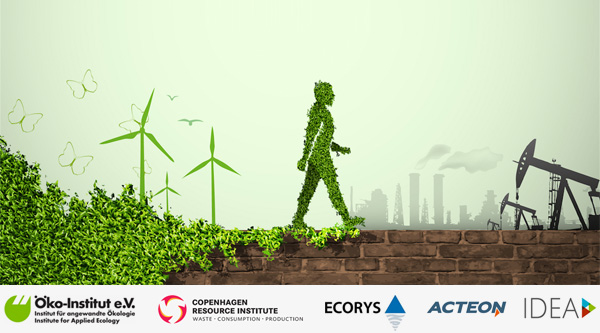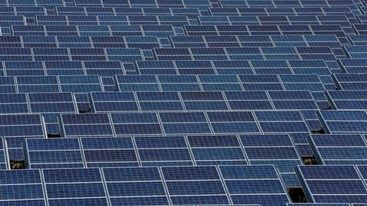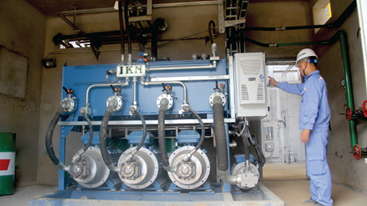Saturday, 27/07/2024 | 06:50 GMT+7
The European Commission has hired a consortium of external experts to identify energy saving effects caused by improved resource efficiency. The project recently started and is expected to be completed by May 2016.
In line with Europe’s continued push towards improved sustainability, the European Commission frequently commissions experts to investigate potential improvement areas. One of the key sustainability initiatives of the EC is the so-called ‘A resource-efficient Europe’ – a flagship initiative of the Europe 2020 Strategy that aims at supporting the shift towards a resource-efficient, low-carbon economy to achieve sustainable growth. “Increasing resource efficiency is key to securing growth and jobs for Europe.

It will bring major economic opportunities, improve productivity, drive down costs and boost competitiveness,” states the EC in the outline of its programme. EC hires consortium to identify energy saving effects As part of the long-term framework, the EC’s DG Environment has commissioned five external firms – Oeko-Institut (lead), Ecorys, IDEA Consult, the Copenhagen Resource Institute and ACTeon – to identify energy saving effects caused by improved resource efficiency.
Objective of the research is to assess the economic, social and political barriers hampering the twofold effects on resources and energy savings, and subsequently propose the most efficient (policy) measures to remove these barriers. The study is based upon data from Life Cycle Assessments (LCAs) and material flow analysis and will consider case studies on “best performers”. This data will be up-scaled to provide quantitative evidence for improved resource efficiency and potential energy savings for the addressed products and sectors and their contributions to the (non-binding) 2020 energy efficiency target. In addition data of existing aggregation models or studies might be used and adopted for this special-purpose aggregation.
Anh Tuan








.jpg?w=367&h=206&mode=crop) Notice for Contracts award for Support to Industrial Enterprises for Energy Audits and Preparation of Feasibility Studies (Package No. C2.2.4)
04/06/2024
Notice for Contracts award for Support to Industrial Enterprises for Energy Audits and Preparation of Feasibility Studies (Package No. C2.2.4)
04/06/2024
 Training Courses for Energy Managers and Energy Auditors
Training Courses for Energy Managers and Energy Auditors
 Vietnam Energy Outlook Report – Pathway to Net Zero
Vietnam Energy Outlook Report – Pathway to Net Zero
 Long Son Cement saves 30% of electricity consumption thanks to heat recovery
Long Son Cement saves 30% of electricity consumption thanks to heat recovery
 Expression of Interest: C2.1.15: Development of Energy-Efficient Technology Catalogs for the Industrial Sector
Expression of Interest: C2.1.15: Development of Energy-Efficient Technology Catalogs for the Industrial Sector
 Optimizing Compressed Air Systems for Southern Industrial Enterprises
Optimizing Compressed Air Systems for Southern Industrial Enterprises
 The Ministry of Industry and Trade Review the Energy Efficiency and Conservation activities in Lao Cai.
The Ministry of Industry and Trade Review the Energy Efficiency and Conservation activities in Lao Cai.
 EOI Extension: C2.2.2: Review and update for current EE benchmarking for 2 sub-industrial sectors
EOI Extension: C2.2.2: Review and update for current EE benchmarking for 2 sub-industrial sectors